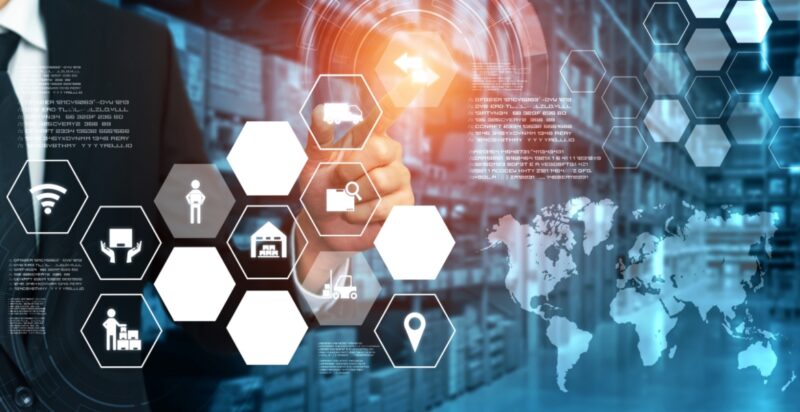
In an increasingly digitized world, cybersecurity has become one of the most urgent global priorities. Among the most dangerous threats is ransomware a form of cyberattack that encrypts victims’ data and demands payment for its release. Over the last few years, ransomware has evolved from small-scale cybercrime into a multi-billion-dollar global crisis, affecting hospitals, governments, tech giants, and critical infrastructure across continents. This article delves into the growing threat of ransomware attacks, their impact on multinational companies, and the international collaborations emerging to combat cybercrime at scale.
The Rising Threat of Global Ransomware Attacks
Ransomware is not a new phenomenon, but its scale, sophistication, and targets have drastically changed.
Major High-Profile Ransomware Incidents
- Colonial Pipeline (USA, 2021): A ransomware attack forced the shutdown of a major fuel pipeline, leading to widespread panic and fuel shortages along the East Coast.
- JBS Foods (Global): The world’s largest meat supplier paid $11 million in ransom after their operations were crippled by a cyberattack.
- Costa Rica Government (2022): The Conti ransomware gang disrupted national tax systems, prompting a state of emergency.
These are just a few examples among thousands, with 2024 and 2025 witnessing record-breaking attacks on cloud providers, global logistics firms, and even AI research labs.
Why Ransomware Is Booming Worldwide
Several factors are driving the proliferation of ransomware:
- Ransomware-as-a-Service (RaaS): Cybercriminals can now “subscribe” to ransomware kits on the dark web, lowering the barrier to entry.
- Cryptocurrency: Payments made in crypto make tracing attackers incredibly difficult.
- Remote Work Vulnerabilities: The global shift to hybrid and remote work models has created more entry points for threat actors.
- Geopolitical Tensions: State-backed hacker groups are using ransomware as a form of digital warfare, often operating with impunity in loosely regulated regions.
The result? A landscape where no organization is too big or too small to be a target.
How Companies Are Responding Globally
Corporations have been forced to rethink their cybersecurity strategies in response to the increasing threat.
- Zero Trust Architecture
Many companies are adopting the “zero trust” model, where no device or user is trusted by default even inside the network. This minimizes lateral movement for attackers who gain initial access. - Backup and Disaster Recovery Enhancements
Robust data backup policies, often using immutable storage (which can’t be modified or deleted), are essential in minimizing downtime. - AI & Machine Learning for Threat Detection
AI-powered solutions are being implemented to detect anomalies in behavior and stop attacks before encryption begins. Companies like CrowdStrike, SentinelOne, and Microsoft Defender are leading this space. - Cyber Insurance
Demand for cyber liability insurance has surged. While controversial, it provides a safety net for businesses, though insurers are tightening requirements due to increased claims.
The Role of International Cybersecurity Collaboration
Governments and international bodies are increasingly joining forces to fight ransomware:
1. Global Ransomware Task Forces
- The Joint Ransomware Task Force (US & international allies) coordinates intelligence-sharing and threat mitigation efforts.
- Interpol and Europol are actively involved in tracking and dismantling ransomware networks across borders.
2. Cyber Diplomacy and Sanctions
- Nations are beginning to treat major ransomware attacks as acts of cyberterrorism. Sanctions, extradition requests, and even cyber counterattacks are being used to retaliate against state-sponsored or harboring entities.
3. Public-Private Partnerships
- Initiatives like the Cybersecurity and Infrastructure Security Agency (CISA) collaborate with private companies to share threat intelligence and improve infrastructure resilience.
Key Stats & Trends in 2025
- Estimated global ransomware damage: Over $30 billion/year
- Average ransom payment: $1.5 million
- Average downtime post-attack: 21 days
- Top targets: Healthcare, finance, manufacturing, education, government
- Emerging trend: Double extortion, attackers steal and encrypt data, threatening to leak it if ransom isn’t paid
Conclusion
The ransomware epidemic shows no signs of slowing down, evolving into a global cybersecurity arms race. As attackers become smarter, faster, and more organized, the world must respond with equal coordination, innovation, and resilience.
From high-tech defense mechanisms to cross-border cyber alliances, the battle for PEH 888 digital security is being fought on multiple fronts. In this race, the stakes are nothing less than the integrity of our data, economies, and digital freedom.
In a hyperconnected world, global cybersecurity is no longer optional, it’s essential.